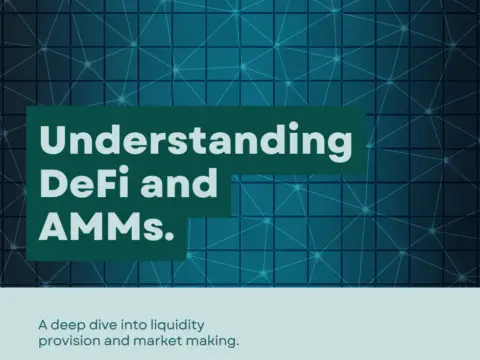Decentralized Finance (DeFi) has redefined traditional financial systems by providing open and permissionless access to a range of financial services. As the DeFi space matures, the importance of cross-chain integration emerges as a key factor in creating a seamless and interconnected financial landscape.
Understanding Cross-Chain Integration in DeFi:
- Breaking Down Silos:
- DeFi projects often operate on separate blockchains, leading to isolated financial ecosystems.
- Cross-chain integration aims to break down these silos, allowing assets and data to flow seamlessly across different blockchain networks.
- Enhancing Liquidity and Accessibility:
- Cross-chain compatibility improves liquidity by connecting fragmented liquidity pools across various blockchains.
- Users gain broader access to diverse assets and decentralized applications (DApps), promoting a more inclusive and accessible financial environment.
The Role of Interoperability Protocols:
- Bridging Blockchains:
- Interoperability protocols, such as Polkadot and Cosmos, act as bridges connecting different blockchains.
- These protocols enable secure and trustless communication between blockchains, facilitating the movement of assets and data.
- Smart Contracts and Cross-Chain Functionality:
- Smart contracts play a pivotal role in enabling cross-chain functionality within the DeFi space.
- Protocols like Wrapped Bitcoin (WBTC) utilize smart contracts to represent Bitcoin on the Ethereum blockchain, showcasing the potential for cross-chain asset representation.
Benefits of Cross-Chain Integration in DeFi:
- Expanded Asset Universe:
- Cross-chain integration allows DeFi users to access a broader range of assets beyond those native to a particular blockchain.
- Users can utilize assets from different chains as collateral, enhancing the diversity of financial instruments available in DeFi.
- Risk Mitigation and Diversification:
- Diversification across blockchains reduces systemic risk by preventing the failure of a single blockchain from impacting the entire DeFi ecosystem.
- Users can strategically allocate assets across chains, mitigating risks associated with network-specific vulnerabilities.
Challenges and Considerations:
- Security and Interoperability Standards:
- Ensuring robust security and adherence to interoperability standards is crucial for the success of cross-chain integration.
- Developing and adopting common standards enhance compatibility and reduce the likelihood of security vulnerabilities.
- User Experience and Complexity:
- DeFi platforms must prioritize a seamless user experience amidst the increased complexity of cross-chain transactions.
- Improvements in user interfaces and education are essential to encourage widespread adoption.
The Future Landscape:
The evolution of DeFi hinges on the successful implementation of cross-chain integration. As projects continue to innovate and collaborate, the future holds the promise of a truly interconnected and interoperable financial ecosystem, providing users with unprecedented access to decentralized financial services across multiple blockchains.




